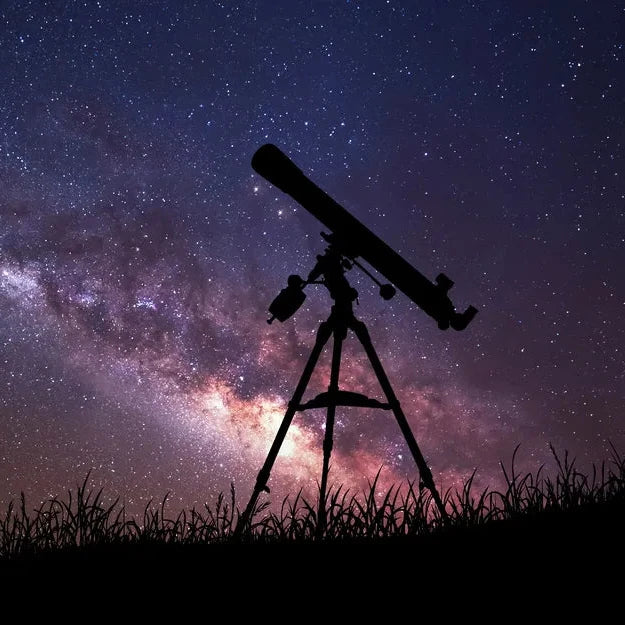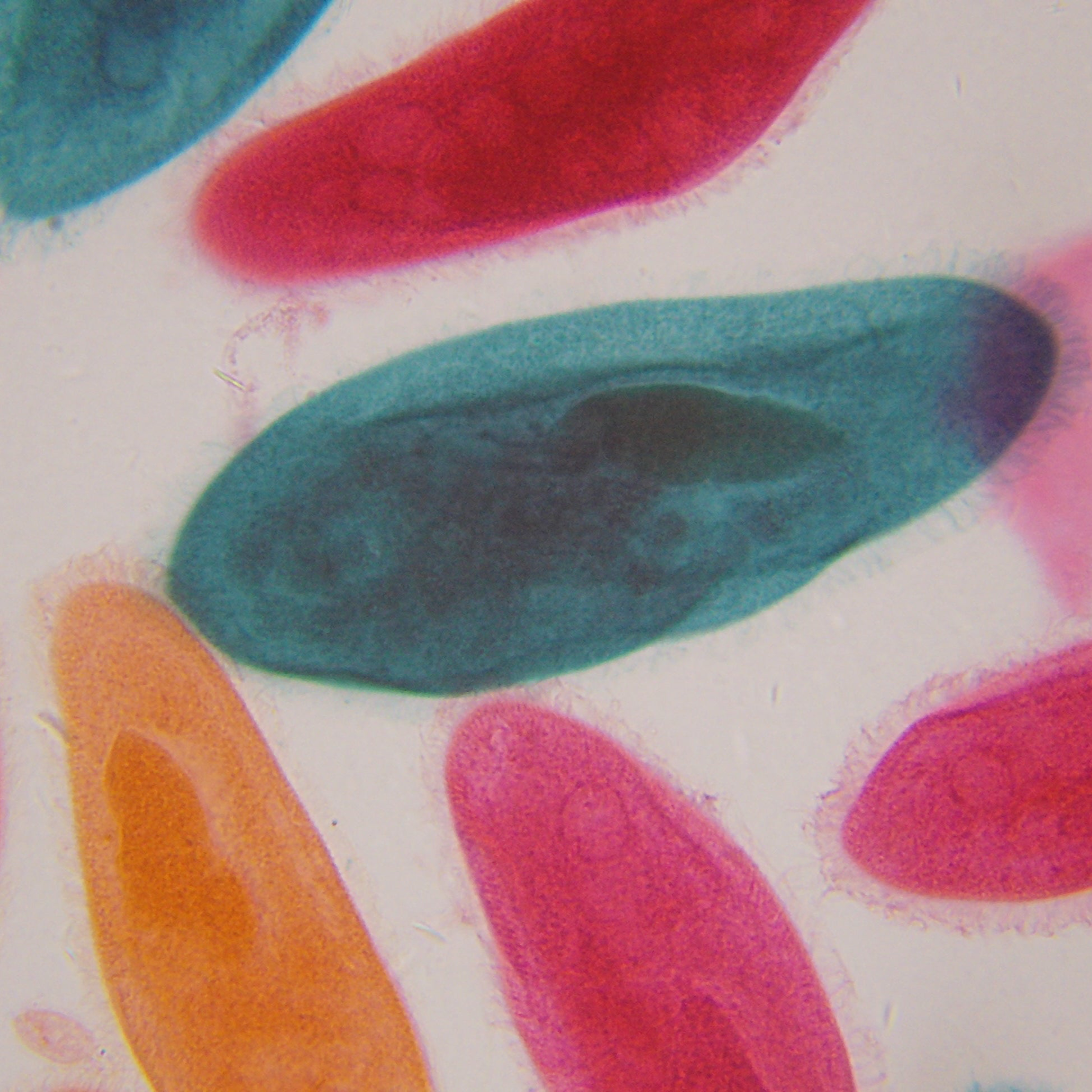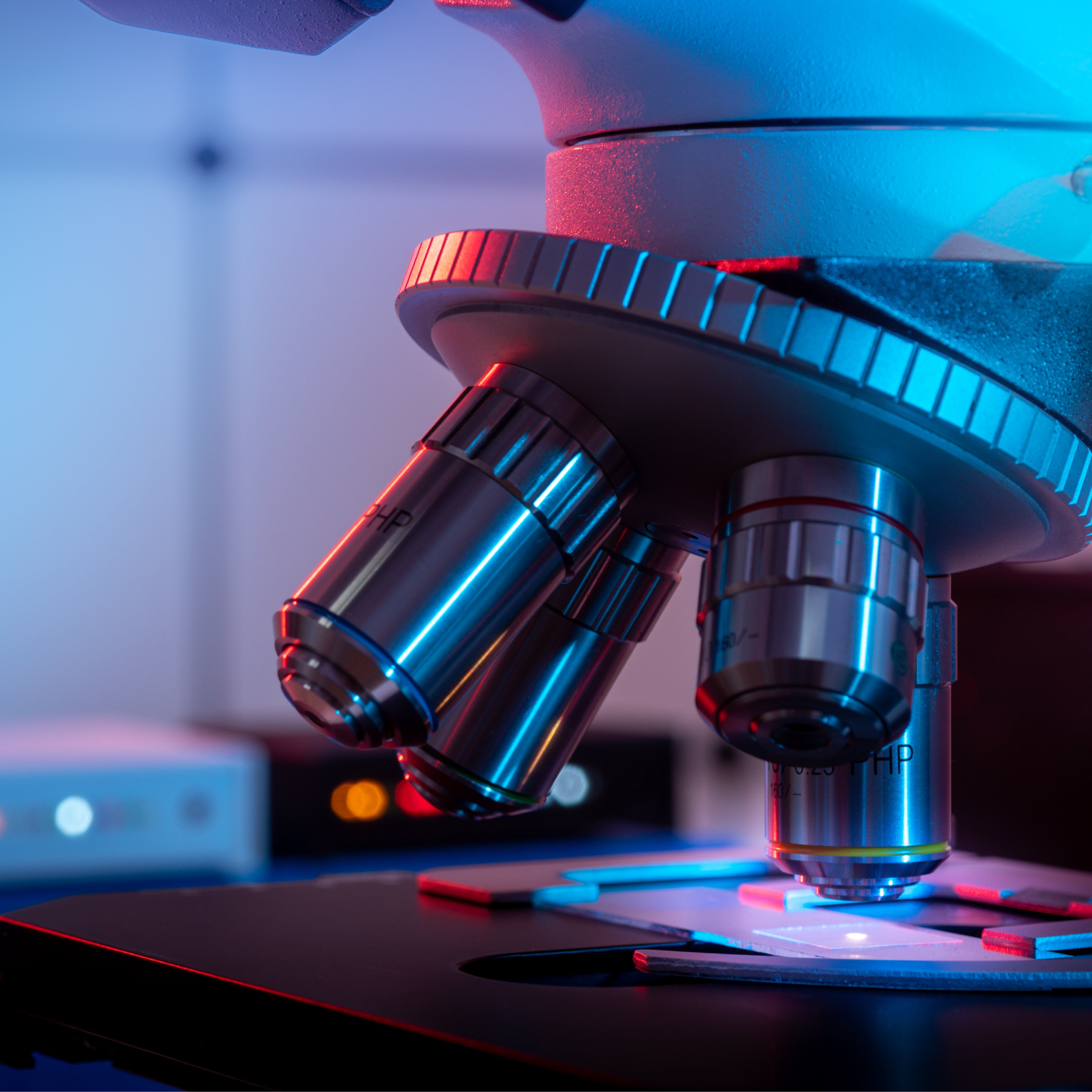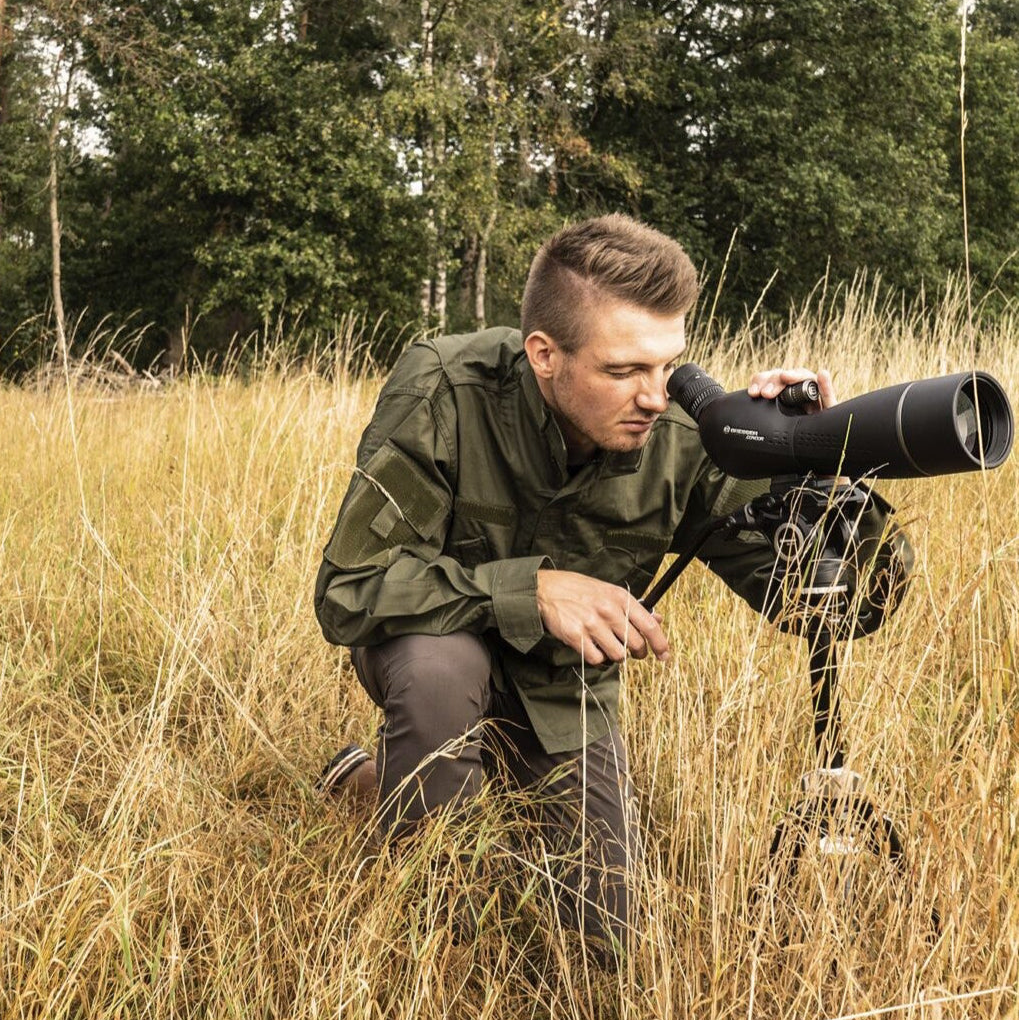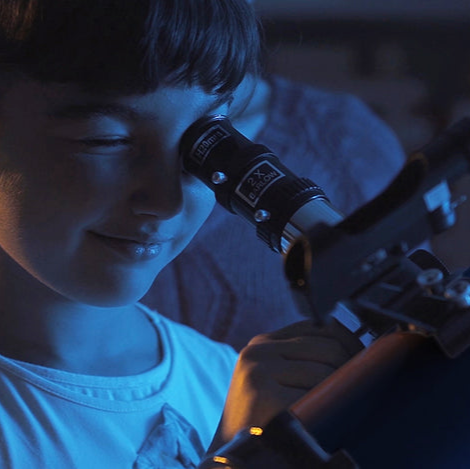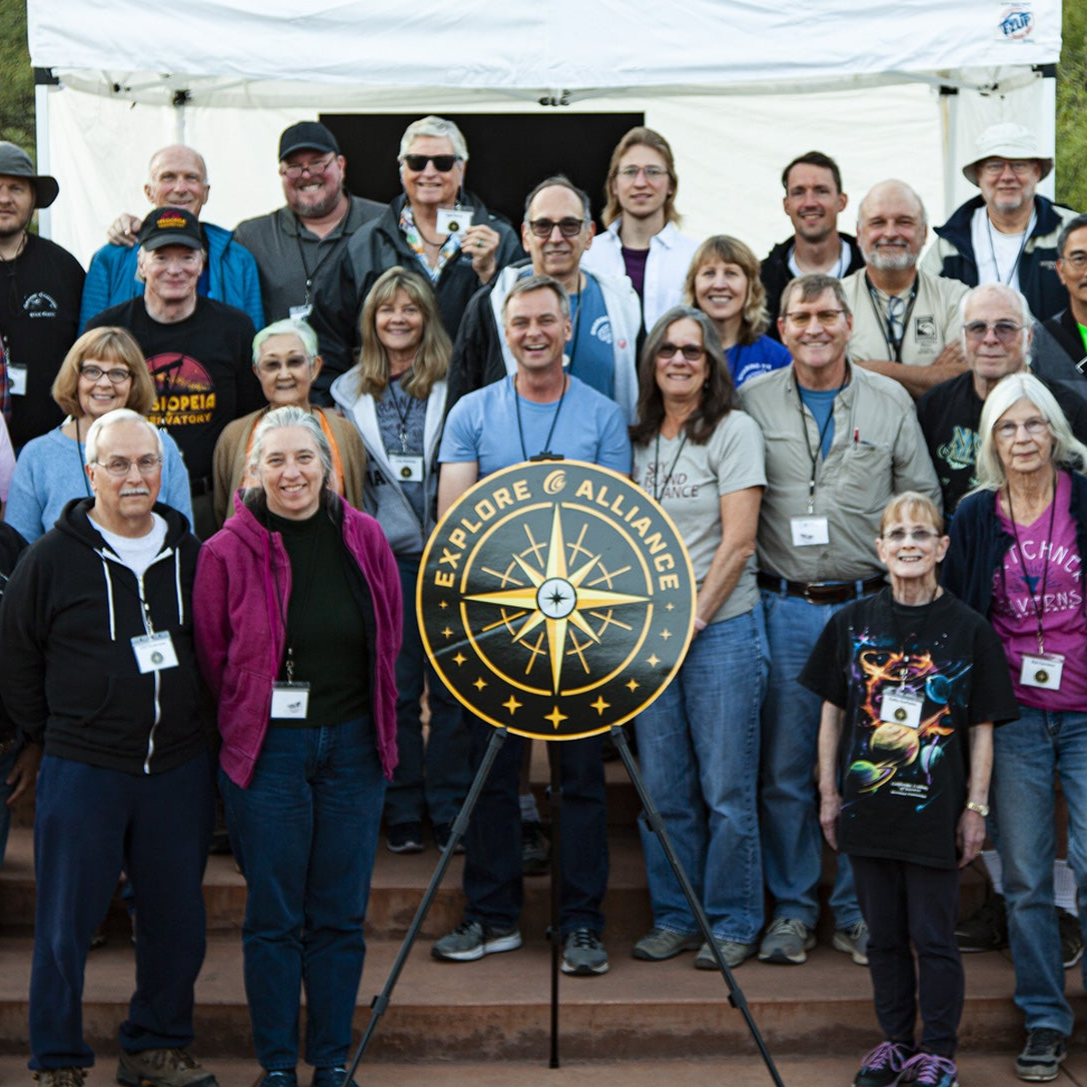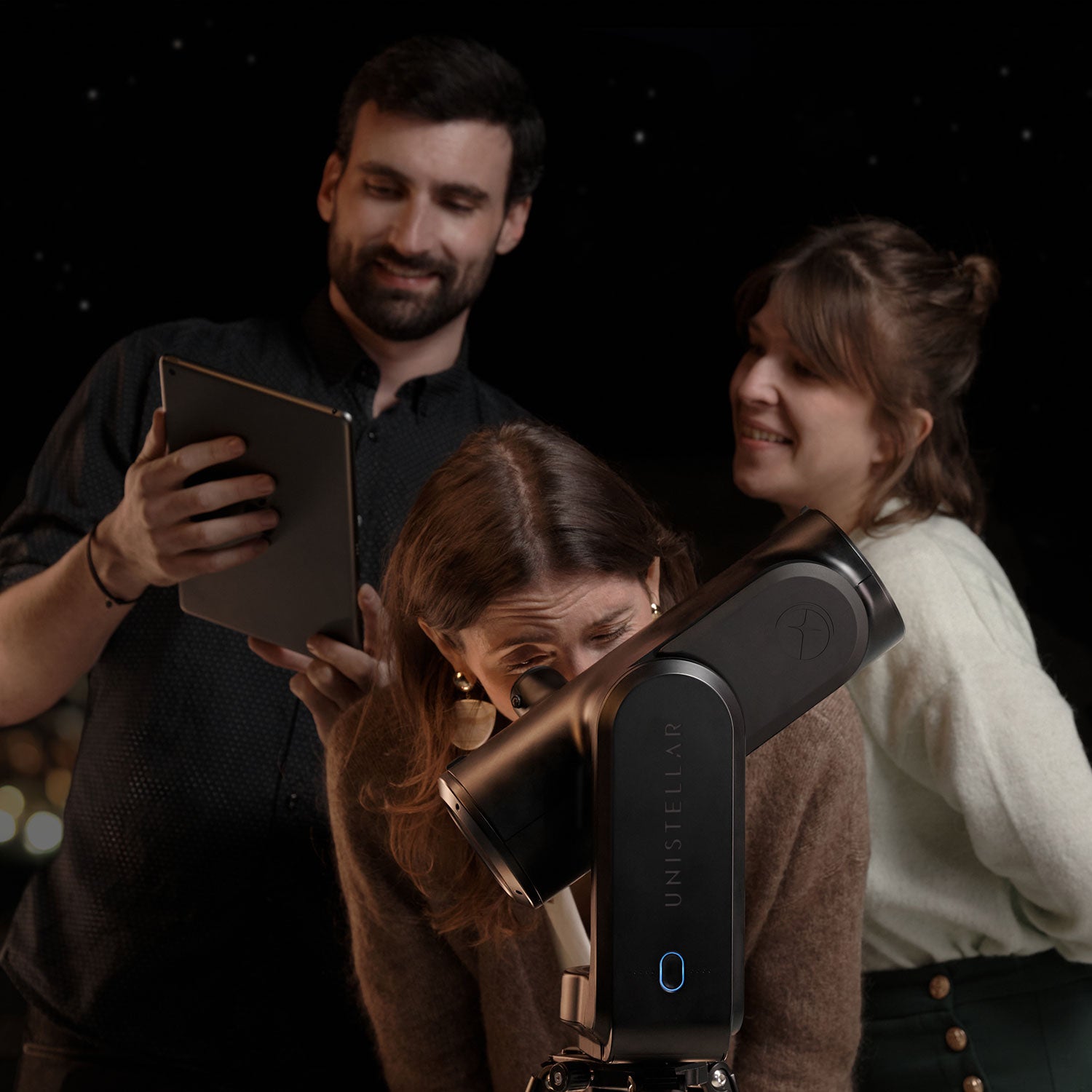The Moon

Astrophotographer Anthony Fuller from Roswell, GA made this image of the waning gibbous Moon on February 2nd 2021 with his Explore Scientific ED165 Air-Spaced Triplet. Learn more about this image.
STARMUS Star Party Data from Astronomy Magazine and Explore Scientific
The Moon is our closest cosmic neighbor, and the only other celestial body humans have visited.
Distance = 360,000 km (224,000 miles)
The Moon will be 5 days past First Quarter on Sept. 8, in Sagittarius, showing a rich variety of craters, mountains, and rilles in a telescope. Watch for the beautiful details along the terminator, the line dividing light and dark along the Moon.
The Moon is Earth's only natural satellite, and is classified as a "satellite planet". It is the only other world that has been visited by humans with NASA's Apollo program.
This planet orbits the Earth every 27 days, has virtually no atmosphere, and is only a quarter the size of Earth at about 1737.4 km in diameter. But the tidally locked orbit and gravity have a major effect of tides on Earth, and therefore the Moon plays a vital role for life on our planet.
Known throughout human history, the Moon is central to many myths, religions, and lore. It is the first object to be studied with telescopes with the first observations and drawings of mountains and craters published by Galileo Galilei and also observed and drawn, but not published, by Thomas Harriet in 1609.
There are many governments in the world that plan to send missions to the Moon with flyby's and robotic landers. The USA plans to send humans to the surface of the Moon with the Artemis 3 Mission. Russia and China also have planned human crewed missions to the surface.
Learn more about the Moon:
- The wibbly wobbly Moon (Astronomy.com)
- Earth's Moon (NASA.gov)
Լուսինը մեր ամենամոտ տիեզերական հարևանն է, և միակ այլ երկնային մարմինը, որը մարդիկ այցելել են:
Հեռավորությունը = 360,000 կմ (224,000 մղոն)
Սեպտեմբերի 8-ին Լուսինը կլինի իր առաջին քարոռդից 5 օր հետո վիճակում, կգտնվի Աղեղնավորի համաստեղությունում՝ և աստղադիտակի միջոցով մենք կարող ենք տեսնել խառնարանների, լեռների և ճեղքերի հարուստ տեսականի: Դիտեք տերմինատորի՝ լուսնի երկայնքով լույսը և մութը բաժանող գծի, երկայնքով գեղեցիկ երևացող մանրամասները:
Լուսինը Երկրի միակ բնական արբանյակն է և դասակարգվում է որպես «արբանյակային մոլորակ»: Սա միակ այլ աշխարհն է, որն այցելել են մարդիկ ՆԱՍԱ-ի Apollo ծրագրով:
Այս մոլորակը պտտվում է Երկրի շուրջը յուրաքանչյուր 27 օրը մեկ, գործնականում չունի մթնոլորտ և ունի Երկրի միայն քառորդ չափը՝ մոտ 1737,4 կմ տրամագծով: Սակայն մակընթացային ուժերի պատճառով կողպված ուղեծիրը և ձգողականությունը ունեն մեծ ազդեցությունը Երկրի վրա մակընթացությունների տեսքով, և հետևաբար, Լուսինը կենսական դեր է խաղում մեր մոլորակի վրա կյանքի համար:
Հայտնի է մարդկության պատմության ընթացքում, Լուսինը առանցքային է բազմաթիվ առասպելների, կրոնների և ավանդությունների համար: Դա առաջին օբյեկտն է, որը հետազոտվել է աստղադիտակներով, լեռների և խառնարանների առաջին դիտարկումներով և գծագրերով, որոնք հրապարակվել են Գալիլեո Գալիլեյի կողմից, ինչպես նաև դիտարկվել և նկարվել են, սակայն չեն հրապարակվել Թոմաս Հարիետի կողմից 1609 թվականին:
Աշխարհում կան բազմաթիվ կառավարություններ, որոնք պլանավորում են առաքելություններ ուղարկել Լուսին թռչող սարքերով և ռոբոտային վայրէջքներով: ԱՄՆ-ը ծրագրում է Artemis 3 Mission-ով մարդկանց ուղարկել Լուսնի մակերես։ Ռուսաստանը և Չինաստանը նաև ծրագրել են մարդկանց անձնակազմով առաքելություններ դեպի Լուսնի մակերես:
Իմացեք ավելին Լուսնի մասին
- The wibbly wobbly Moon (Astronomy.com)
- Earth's Moon (NASA.gov)

Back to the Object List 

